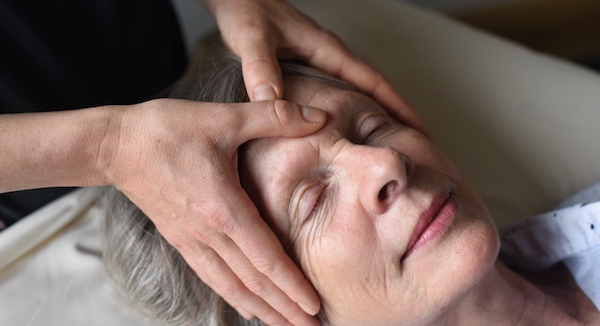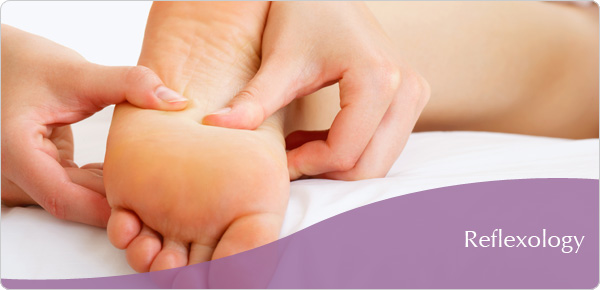One of the most common misconceptions about end-of-life care is that the focus is solely on pain management. While that is a key component of any hospice care program, many providers, including Hospice of Westchester, recognize the importance of a holistic approach to treating the patient, not just their symptoms. It is a proven fact that patients diagnosed with a life-limiting illness greatly benefit from alternative therapies, in addition to medical treatment.
Often called complementary care, these therapies can maximize patients’ comfort and peace of mind and provide relief for their primary caregivers.
Caring for the “whole” patient is an essential feature of hospice. Mind-body complementary therapies such as massage, reflexology, music therapy, art therapy and pet therapy can help ease tension, reduce anxiety levels and improve the overall comfort of the patient.
A good hospice provider should arrange for these therapies to be provided in the patient’s residence, whether that be their home, a hospital or a skilled nursing facility. Together, the patient, their family and hospice team decide which therapy would best address symptoms of pain, stress and anxiety.
We are proud to offer all of the above therapies, at no cost to our patients, through The Anna & Louis H. Shereff Complementary Care Program. While they all can be useful depending on a patient’s needs, here is a closer look at how massage therapy and reflexology can positively benefit hospice patients and their families.
MASSAGE THERAPY
It is widely accepted that power of touch can have a healing impact on pain and decrease stress. Massage is a form of structured therapeutic touch, which can relax patients, relieve muscle tension, reduce anxiety levels and blood pressure, boost the immune system and moisturize the skin.
Licensed massage therapist Maria MacIlvane first recognized the positive effect of touch years before she started her massage career. When her mother was on hospice care, MacIlvane was awed that simply rubbing her mother’s shoulders would instantly bring upon relaxation.
“I continued to massage her every day. It was so beneficial and I could not believe that just touching someone compassionately could affect the process they were going through so deeply,” MacIlvane said.
After the death of her husband in 2007, MacIlvane needed a change and wanted to pursue a career she was truly passionate about. She became a licensed massage therapist in 2010 and expanded her therapies to hospice patients three years ago.
MacIlvane said there are many benefits of massage therapy on patients diagnosed with a life-limiting illness, including helping with muscle tension, circulation and anxiety. She also works with patients’ family members to teach them what they can do in between sessions to help their loved one, and even gives them tips for acupressure that can help with their own anxiety and stress.
“When patients know that someone is with them, holding their hand and providing a compassionate touch, the effects are amazing,” MacIlvane said.
REFLEXOLOGY
Reflexology is based on the belief that specific areas of the feet and hands correspond with specific parts of the body. Gentle stimulation of these areas with the thumbs and fingers relieves stress and tension, improves circulation, promotes normal body function and results in a feeling of deep relaxation.
Gabrielle Zale, a nationally certified reflexologist, began working with hospice patients shortly after starting her career 17 years ago. However, her knowledge of how touch could help those with an illness started many years earlier. She remembered how people pulled away from her own mother when she was sick, as if they were afraid to touch her.
“No one should feel that alone,” Zale said. “Ultimately, touch is the greatest healer, particularly at this final journey in life. Even though some patients may not be awake and alert, by touching them in this way you are acknowledging that they are still there and still part of the world.”
Zale said that, even if a patient can’t speak, she is able to sense small body changes that show the effects of her practice. “It’s a subtle energy shift. Their breathing slows down — you can tell they are relaxing and may be feeling less pain and anxiety. They can tell that you are acknowledging them and are really present with them,” she said.
“This work is a really sacred thing for me. I’m not just holding another person in my hands, I’m holding their soul in many ways.”


